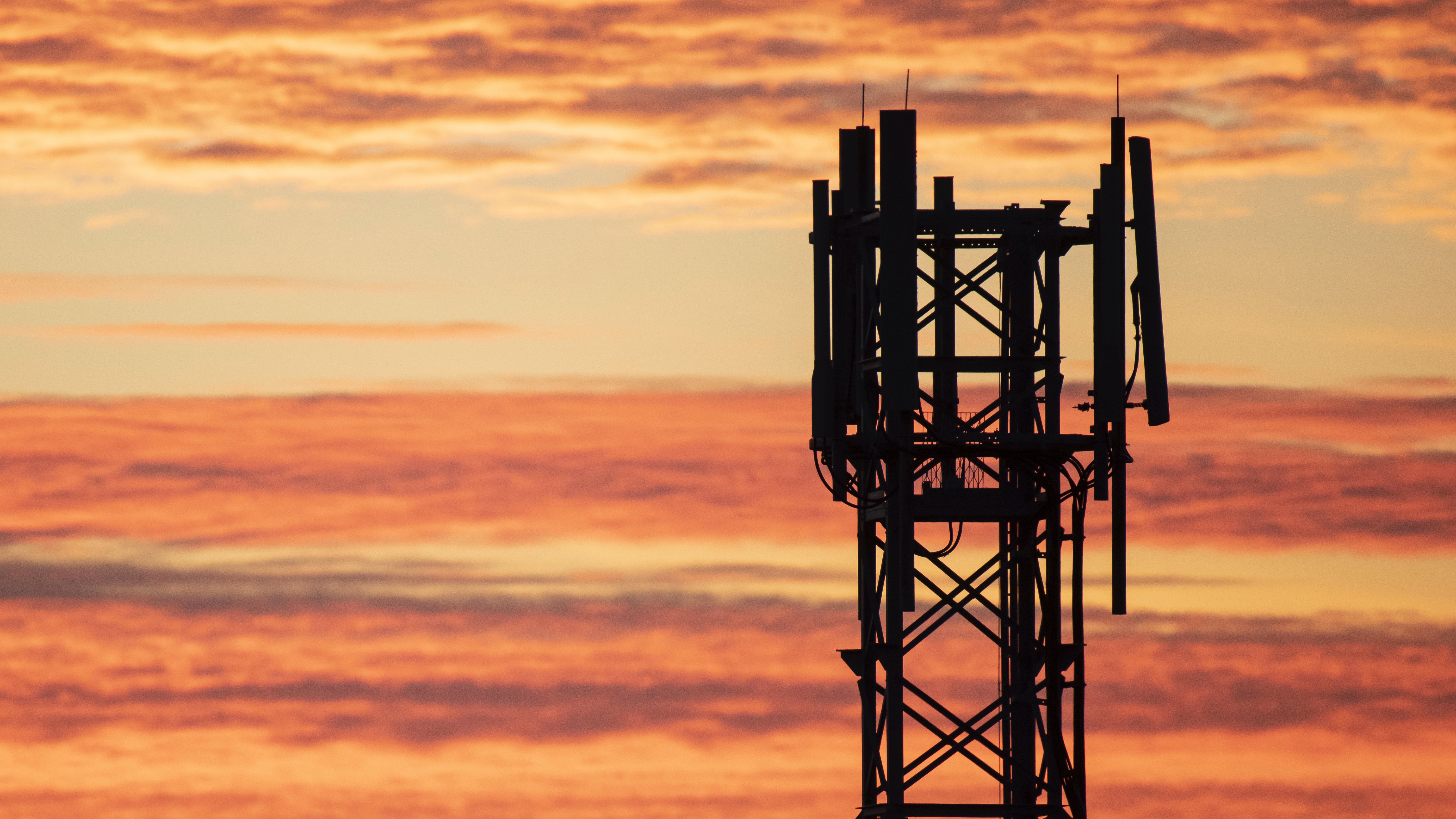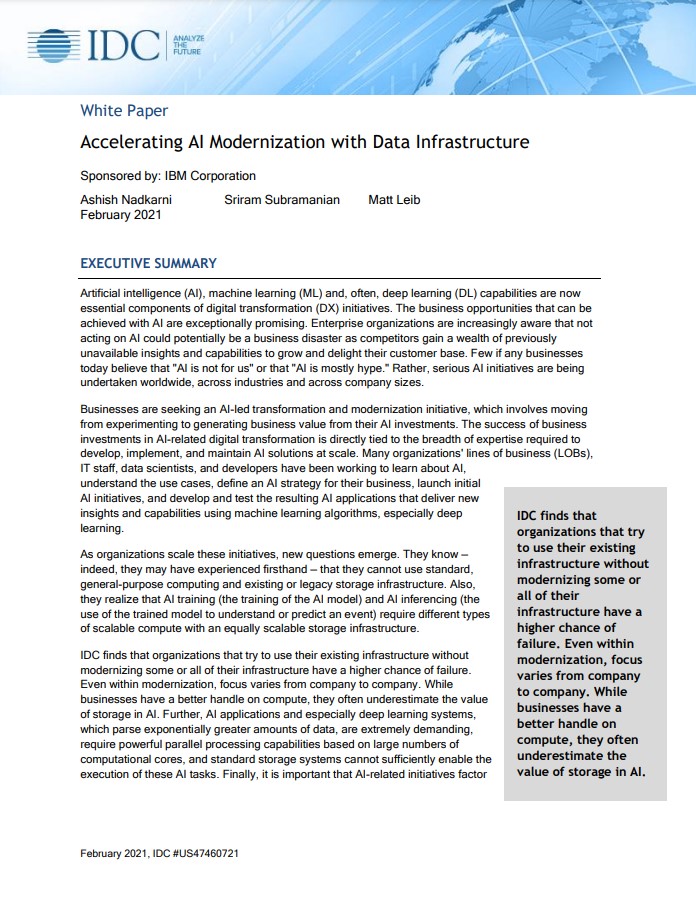Preparing for the 3G sunset: What your business should expect
Although 5G is gaining huge momentum, an alarming number of organisations are still dependent on legacy networks


The 5G rollout has made impressive progress in the last two years, with coverage seemingly increasing across cities, towns, and villages in the UK by the day. In fact, latest data from mobile operator Three shows 2021 experienced a boom, with 5G usage increasing by 385%. Compatible devices in circulation, too, have quadrupled as more hardware providers roll out affordable devices like the iPhone SE and Samsung A33 and A53.
The consumer boom has come hand-in-hand with a surge in business use cases, with the fast speeds and low latency allowing organisations to boost productivity and improve communications. Data processing and analytics workloads, too, are becoming easier to stream while organisations within the manufacturing sector are capitalising by investing in state-of-the-art Internet of Things (IoT) systems, robotic process automation (RPA), augmented reality (AR), and virtual reality (VR).
History shows, though, that when one supreme rises, the old one fades away. With 5G having “taken off like never before”, according to Three’s chief network officer, Carlo Melis, it’s left 3G data usage in the dust. The firm is imminently sunsetting its 3G services alongside a swathe of other telecoms providers across the UK and US. But there are still a handful of organisations that rely on these ageing networks to power their core internal and external services. Although the future is here, many businesses and public sector organisations still dependent on 3G will be left in the lurch unless they act now.
When will the industry sunset 3G?
Although the rise of 5G seemed to especially cater to innovation-seekers, those who didn’t need connectivity this fast could still depend on legacy networks, which provided the essentials. In 2021, more than one in three (36%) Central and Eastern Europeans were still reliant on 3G, according to Ericsson. Meanwhile, the network generation of choice for Western Europe – 4G – is set to decline in popularity by over a quarter (27%) by the end of 2026 as part of the mass migration to 5G.
RELATED RESOURCE

Accelerating AI modernisation with data infrastructure
Generate business value from your AI initiatives
Due to the anticipated decrease in demand, the UK is expected to phase out all of its public 3G mobile networks by 2033 to facilitate the mass rollout of 5G, and even 6G, as encouraged by the Department for Digital, Culture, Media and Sport (DCMS). Although the deadline is more than a decade away, a number of UK mobile networks are already in the process of phasing out their 3G networks and might do so by next year. In July 2021, EE became the first UK mobile operator to set a date for the retirement of its 3G services, with customers to be cut off by 2023. Vodafone is also scheduled to sunset its 3G networks next year, with the firm attributing the decision to net-zero goals. On 11 May, Three became the latest UK mobile operator to announce plans to turn off the third-generation network, with customers able to access 3G no later than the end of 2024. Networks in the US, too, are moving at pace, with AT&T shutting down its network as soon as February this year, Spring shutting down in March and T-Mobile planning to end its 3G coverage by 1 July. As Three’s Melis puts it: “It’s out with the old, in with the new for mobile users in the UK.”
How will the 3G sunset affect businesses?
PP Foresight tech, media, and telecom analyst Paolo Pescatore warns that the elderly and rural residents will bear the brunt of the 3G sunset. This is largely due to the underinvestment in connectivity in rural parts of the UK, with more than half residents unable to get an indoor 4G mobile connection on all four of the UK’s main mobile networks, according to data from non-profit research group Rural England CIC.
“Providing coverage firmly resides with the network operator,” he says, adding many businesses will “need to plan ahead and ensure a seamless handover”, including health and social care services. Vulnerable people, including the elderly, are more likely to rely on basic 2G and 3G-powered healthcare products, including household fall detection devices. Hence, ensuring less digitally-proficient and older citizens upgrade their devices ahead of the deadline is a must, and should be treated as a priority.
Get the ITPro daily newsletter
Sign up today and you will receive a free copy of our Future Focus 2025 report - the leading guidance on AI, cybersecurity and other IT challenges as per 700+ senior executives
Beyond health and social care, legacy networks are still used to connect a variety of hardware in the retail and hospitality sectors, according to Phil Sorsky, SVP of network infrastructure solutions provider CommScope. One common case scenario are older EPOS terminals which, even in 2022, use 2G to connect to the card issuers such as Visa and MasterCard, he says.
“There are other machine-to-machine uses out there that also have very old 2G or 3G SIM cards inside. So, the inconvenience is more for these install-bases of devices rather than your elderly relatives not being able to use their phones,” Sorsky tells IT Pro.
Although migrations could be as simple as swapping old SIM cards for ones supporting 4G or 5G, some businesses, especially in the automotive and physical security sector, might find the process more complicated. “There will be specific disruption for security and alarm systems, utility metres, and connected cars that have relied solely on 3G connectivity,” Pescatore tells IT Pro. “Swapping or upgrading these systems will require more time.”
What are the benefits of ditching legacy networks?
While the 2G and 3G phase-out is likely to create complications, we shouldn’t forget that migrating to modern networks will have benefits. For telecoms companies, freeing up the legacy network spectrum will allow these bands to be reused for 5G and 6G connectivity, as well as reduce the power needed to run multiple networks. This means that mobile operators will be able to transition to more energy-efficient and high-capacity networks, while customers will benefit from faster connectivity and lower latency.
Sorsky says 5G is much better suited for machine-to-machine applications, adding the cellular network is “purposefully designed to handle very large numbers of devices, even if each device itself only transmits small amounts of data – such as retail card transactions – or very large amounts of data such as CCTV”.
“5G will be an enabler of innovation and freeing up spectrum will be key to moving forwards with 5G roll-out adoption,” he tells IT Pro. “Ultimately, 5G delivers the speed, reliability and low latency which businesses need to improve productivity and efficiency within their teams and such connectivity could be the difference between success and failure for smaller businesses striving to reach global audiences.”
Although the next few months might prove a challenge for many businesses, especially those which have relied on 3G networks for years, Sorsky says the goal is to ultimately create a better connected UK in the long run: “As network operators continue to switch off older 2G and 3G services, we can look forward to a future where 5G will be vital for the UK’s digital progress, enabling people and businesses to reap the rewards this next generation of connectivity can bring.”
Having only graduated from City University in 2019, Sabina has already demonstrated her abilities as a keen writer and effective journalist. Currently a content writer for Drapers, Sabina spent a number of years writing for ITPro, specialising in networking and telecommunications, as well as charting the efforts of technology companies to improve their inclusion and diversity strategies, a topic close to her heart.
Sabina has also held a number of editorial roles at Harper's Bazaar, Cube Collective, and HighClouds.
-
 Bigger salaries, more burnout: Is the CISO role in crisis?
Bigger salaries, more burnout: Is the CISO role in crisis?In-depth CISOs are more stressed than ever before – but why is this and what can be done?
By Kate O'Flaherty Published
-
 Cheap cyber crime kits can be bought on the dark web for less than $25
Cheap cyber crime kits can be bought on the dark web for less than $25News Research from NordVPN shows phishing kits are now widely available on the dark web and via messaging apps like Telegram, and are often selling for less than $25.
By Emma Woollacott Published